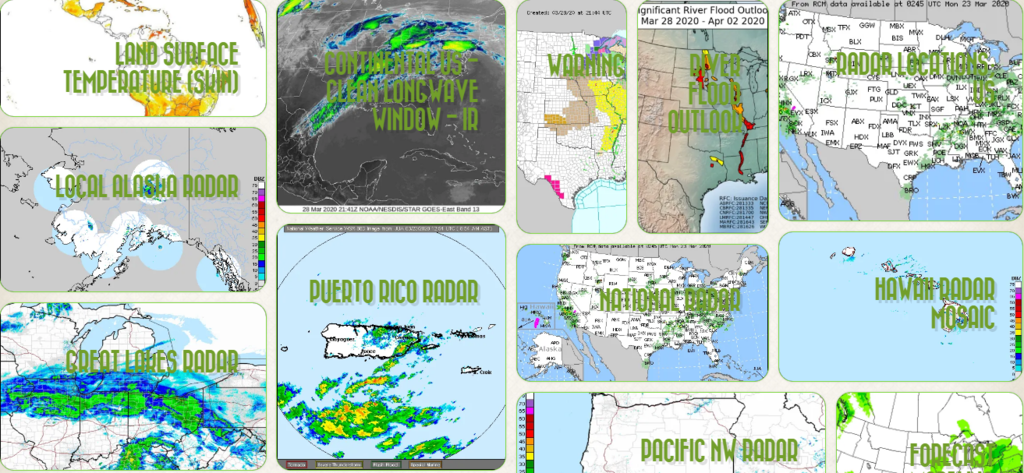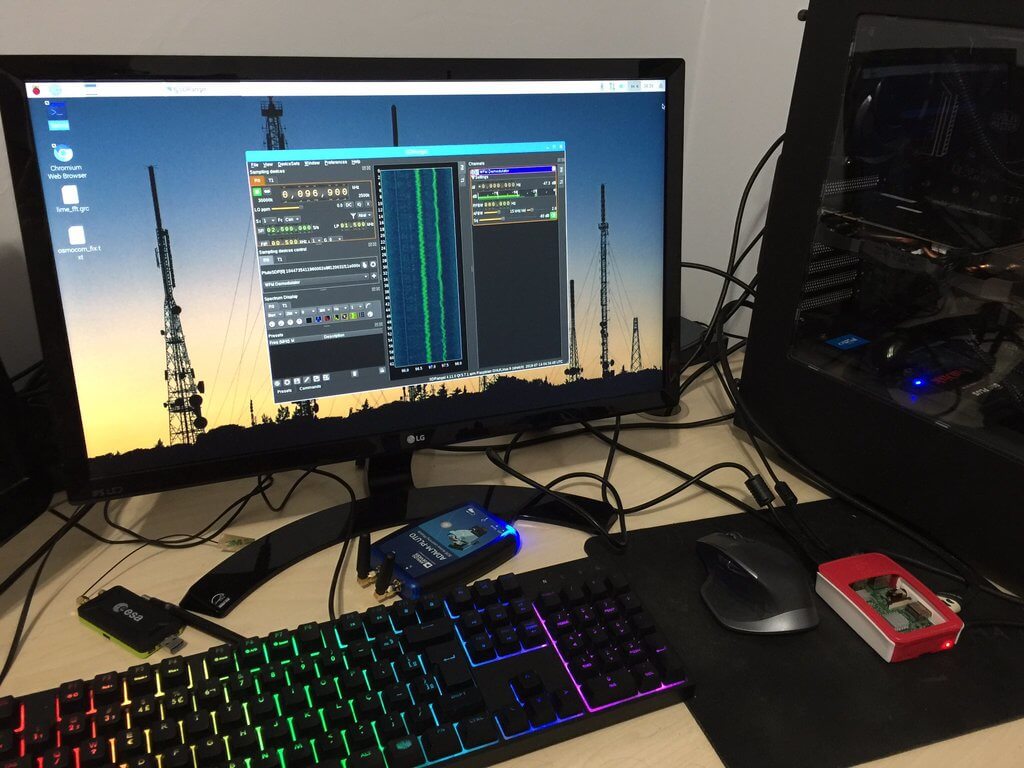A Few GOES Reception Tips and Info on Receiving EMWIN Data
Thank you to Carl Reinemann for writing in and sharing his website that contains a few tips that he's learned when setting up an RTL-SDR based receiver for GOES 16/17 weather satellite image reception. As well as the tips, he's uploaded a nice set of images that show his setup, and several of the images he has received.
In addition, he's also noted how the default config files provided by goestools do not download EMWIN (Emergency Managers Weather Information Network) images. EMWIN images are not photos, but rather weather forecast and data visualizations that may be useful for people needing to predict or respond to weather. Over on his Github he's uploaded a modified version of goestools which has config files for EMWIN and other image products that might be of interest to some.
If you're interested, Carl Reinemann also has various bits of information about building APT/Meteor satellite RTL-SDR receivers on his main site too. Of interest in particular is his notes on creating wide area composites of NOAA APT images with WXtoIMG which we have posted about in the past.


